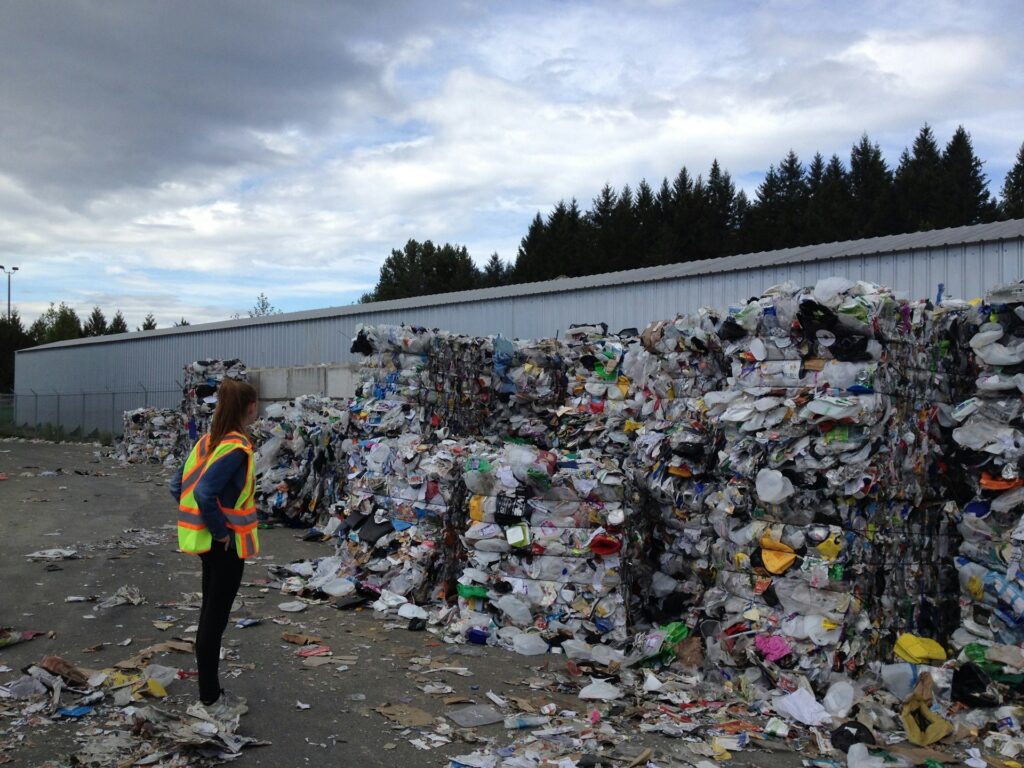
Norwegian workplaces are undergoing a major transformation due to climate change. We are doing this to help reduce greenhouse gas emissions and to adapt to climate change.
We are producing energy in new ways, transporting goods and ourselves in new ways, and industries are producing new products in new ways. Such large and small changes are now evident throughout the entire workforce.
Transforming large sectors means, for many businesses, a race to become relevant players that can best meet new demands from authorities, clients, and customers.
Tips for businesses in transition
At this point, there is a risk of deprioritizing the work environment because other challenges may seem more urgent.
− I want to give one tip to businesses in transition: Don’t forget the work environment, says Therese Hanvold, director of STAMI – The National Institute of Occupational Health in Norway.
The work environment concerns how work is organized, planned, and carried out. It significantly affects how work can impact the health of employees.
− We know that a good work environment is a source of good health. The result is lower absenteeism and better productivity and outcomes. A good work environment is profitable and a significant advantage to have from the outset in this important transition work, says Hanvold.
New tasks bring new work environments
STAMI studies industries undergoing transformation, and we observe that new working methods bring about new challenges in the work environment.
One example is the requirements for waste management. Due to climate and environmental regulations, we need to sort and facilitate the recycling of waste.
As a result, employees at recycling facilities work more closely with waste to sort everything correctly. However, this makes employees more susceptible to bacteria and fungi in the air near waste containers and in the facilities.
When we know that these risk factors are part of the new work environment, it becomes possible to find measures that can prevent employees from becoming ill due to the work they do.
− It is entirely natural that these new challenges arise when a large industry is in transition. The work environment is perishable and something that requires constant attention and efforts for improvement. Therefore, it is crucial to contribute to new knowledge about the new work environment challenges that arise while utilizing the knowledge we already have about work environment and health, says the STAMI director.
Norway’s advantages
Changes in work due to climate and environmental shifts are happening worldwide. Workplaces in different countries will face various challenges related to this.
However, the way Norwegian businesses organize, plan, and carry out work can also impact the work environment and work health outside of Norway.
− A good work environment is one of Norway’s competitive advantages compared to workplaces in other countries. As we now face significant changes related to the green shift in Norwegian working life, we need to be attentive to new work environment challenges to maintain our competitive edge in the future, says Therese Hanvold.

